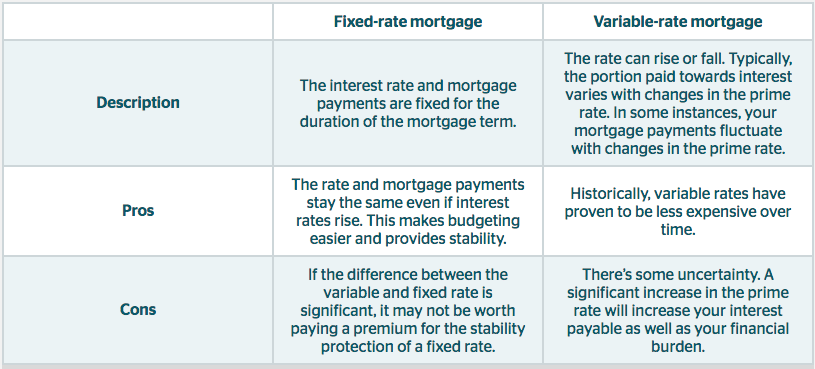 By Dwarka Lakhan (Sponsored Content)
By Dwarka Lakhan (Sponsored Content)
In a display of overwhelming confidence in India’s booming stock markets, domestic investors have for the first time ever invested more money than foreign institutional investors (FII) in Indian equities.
The surge in investments is being led by mutual funds and insurance companies, which over the 1-year period ending May 26, 2017 pumped Rs 71,665 crore (US$ 11.1 billion) into the market, compared to foreign institutional investor (FII) net purchases of Rs 60,000 crore (US$ 9.3 billion.)[i]
Mutual fund inflows into the market have been primarily channelled through systematic investment plans that have become increasingly popular in the lower interest rate environment, following the demonetization of large currency notes.
“Demonetisation pushed interest rates down and a large section of investors became wary of investing in gold and real estate. That increased the flow towards mutual funds,” says Susmit Patodia, Associate Director & Head, Institutional Sales with Motilal Oswal Institutional Equities.[ii]
Domestic Indian investors see more value in local equities
Traditionally, Indian investors have been more risk averse but their shift to equities over the past year is an emerging sign of market maturity and the recognition that they could derive greater value from investing in domestic equities. Continue Reading…






